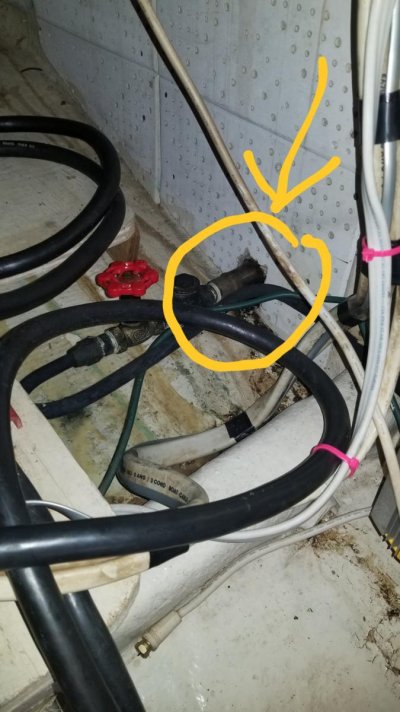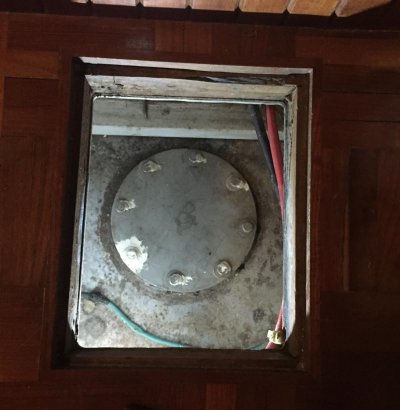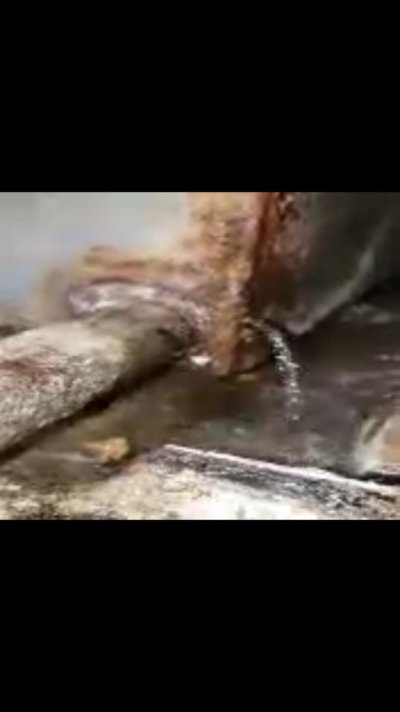SamIam_Sam
Member
Hello. A couple months ago, I began to notice water in the bilge. The bilge pump would run from tine to time but definitely more often than normal. I traced the leak to the starboard FW tank on the other side of the gen room bulkhead (see photo attached).
Dilemma: There is no access to the tank beside what you can see in the picture. My mechanic says we would have to cut a bigger hole to expand the existing opening in the bulkhead to get to the fittings and the tank to diagnose the leak.
Question: Are there any other Krogen owners who have had experience with leaking, inaccessible FW tanks? Is it more likely to be a fitting or an actual hole in the tank? Any recommendations on diagnostic steps other than cutting away the bulkhead?
My FW supply is now depleted in a couple of weeks whereas prior to the leak, the supply would last 4-6 weeks. I could just continue refilling the tanks more often but would like to fix the root cause.
Thanks for any advice the group may have.
Dilemma: There is no access to the tank beside what you can see in the picture. My mechanic says we would have to cut a bigger hole to expand the existing opening in the bulkhead to get to the fittings and the tank to diagnose the leak.
Question: Are there any other Krogen owners who have had experience with leaking, inaccessible FW tanks? Is it more likely to be a fitting or an actual hole in the tank? Any recommendations on diagnostic steps other than cutting away the bulkhead?
My FW supply is now depleted in a couple of weeks whereas prior to the leak, the supply would last 4-6 weeks. I could just continue refilling the tanks more often but would like to fix the root cause.
Thanks for any advice the group may have.



